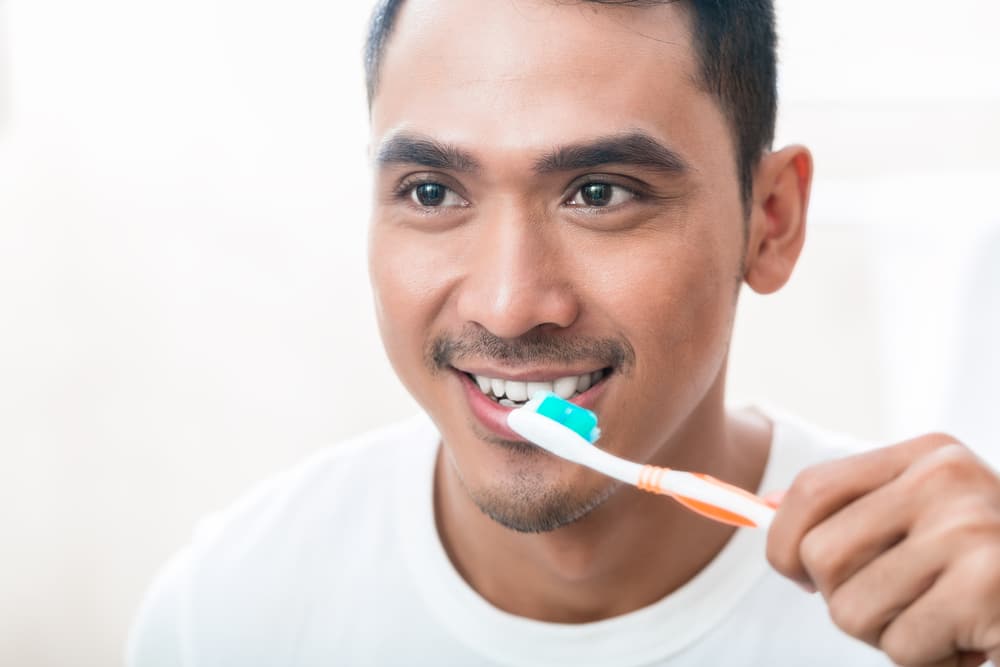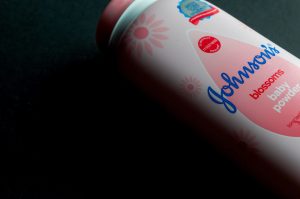Can Vigorous Tooth Brushing Damage Your Enamel?
Delve into the risks of brushing your teeth too aggressively: Is there a tipping point where maintaining oral hygiene through rigorous brushing becomes detrimental to your enamel health?
This exploration seeks to understand the fine line between optimal oral care and the potential harm excessive brushing practices may inflict on dental enamel, drawing on evidence-based insights into maintaining the integrity of your teeth’s protective outer layer.
The Balance Between Cleanliness and Care
The journey to impeccable oral hygiene is fraught with potential pitfalls, one of which is the vigorous brushing of teeth. Enthusiastic brushing, particularly with hard-bristled brushes and abrasive toothpaste, can lead to enamel erosion, a condition characterised by the wearing away of the tooth’s hard outer layer.
This erosion not only increases sensitivity and susceptibility to decay but also poses aesthetic concerns due to the irreversible nature of enamel loss. Research highlights the importance of a balanced approach to tooth brushing that ensures cleanliness without compromising enamel integrity. A study highlighted that while brushing is essential for removing plaque and preventing dental diseases, excessive force or improper techniques can harm the enamel and underlying dentin.
The Role of Brushing Technique in Preserving Enamel
The technique and tools used in tooth brushing significantly influence enamel health. Over-brushing or using a hard-bristled toothbrush can cause dental abrasion, leading to the exposure of dentin and increased sensitivity.
While no single toothbrushing method has been definitively proven superior for maintaining enamel health, diverse recommendations exist. For example, the Modified Bass technique is suggested for adults, emphasising meticulous cleaning along the gumline, and simpler methods like the Scrub and Fones techniques for children, focusing on ease and effectiveness. The discrepancy in technique advice highlights the necessity for individual adaptation and the importance of gentle, thorough cleaning over rigorous, potentially harmful practices. This diversity in recommended techniques underscores the urgent need for further research to establish clearer guidelines that prioritize enamel preservation.
Strategies for Optimal Enamel Protection
Achieving and maintaining optimal enamel health requires a conscientious approach to oral hygiene. Selecting the right toothbrush, employing the correct brushing technique, and choosing toothpaste with low abrasivity are critical steps in protecting enamel from unnecessary wear. Emphasising gentle, circular brushing motions and avoiding excessive force can significantly reduce the risk of enamel damage. Furthermore, incorporating fluoride toothpaste can help remineralize and strengthen enamel, offering an additional layer of protection against decay.
To develop strategies for optimal enamel protection, consider adopting a comprehensive approach that includes both the right tools and techniques:
- Select a Soft-Bristled Toothbrush: Soft bristles are less abrasive on enamel and gums, reducing the risk of wear and recession.
- Master the Modified Bass Technique: This involves angling the brush at 45 degrees to the gumline and using gentle circular motions,. This effectively cleans while minimising harm.
- Choose Low-Abrasive Toothpaste: Opt for toothpaste with low abrasivity to prevent enamel erosion while still maintaining cleanliness.
- Incorporate Fluoride: Use fluoride toothpaste or treatments to help remineralise and strengthen enamel, offering additional decay protection.
- Limit Brushing Force and Duration: Avoid excessive pressure and limit brushing to two minutes, twice daily, to prevent overbrushing damage.
- Educate on Proper Techniques from an Early Age: Teaching children effective yet gentle brushing methods can establish lifelong habits that protect enamel health.
Embracing Fluoride for Enamel Strengthening
Incorporating fluoride into daily oral hygiene practices is a pivotal strategy for enhancing enamel health. Fluoride, a natural mineral, plays a crucial role in the fight against tooth decay by strengthening tooth enamel, making it more resistant to acid attacks from plaque bacteria and sugars in the mouth. This reinforcement is achieved through the remineralisation process, where fluoride helps to rebuild weakened tooth enamel.
The Mechanism Behind Fluoride’s Protective Action
Fluoride’s primary benefit lies in its ability to act on the enamel surface, where it encourages the deposition of mineral crystals, thereby aiding in the repair of minor enamel erosions before they become cavities. This process not only helps to halt the progression of early decay but also prevents the demineralisation of healthy enamel.
Sources of Fluoride
- Fluoridated Toothpaste: Regular use of fluoridated toothpaste is one of the simplest and most effective ways to ensure daily fluoride intake for strengthening enamel.
- Fluoride Mouthwash: Incorporating a fluoride-containing mouthwash into your oral care routine can provide an additional fluoride source, especially useful for those at high risk of dental decay.
- Professional Fluoride Treatments: For individuals needing extra enamel protection, professional fluoride treatments available at dental offices offer a higher concentration of fluoride than over-the-counter products.
- Tips for Maximizing Fluoride’s Benefits
- Ensure you’re using fluoridated toothpaste and mouthwash as part of your daily oral hygiene routine.
- Consider professional fluoride treatments if advised by your dentist, especially if you’re prone to cavities or have exposed root surfaces.
- Be mindful of the amount of fluoride toothpaste used for young children. Too much fluoride can lead to dental fluorosis in developing teeth.
Embracing fluoride and adopting gentle, effective brushing techniques are key to preserving enamel health. By carefully selecting dental care products and following recommended practices, individuals can ensure their oral hygiene supports strong, healthy teeth.
Regular dental check-ups and personalised advice from dental professionals further enhance enamel protection strategies, leading to a healthier smile.
References
- Addy, M., & Hunter, M. (2003, June 1). Can tooth brushing damage your health? Effects on oral and dental tissues. International Dental Journal. https://doi.org/10.1111/j.1875-595x.2003.tb00768.x
- Wainwright, J. W., & Sheiham, A. (2014, August 1). An analysis of methods of toothbrushing recommended by dental associations, toothpaste and toothbrush companies and in dental texts. British Dental Journal. https://doi.org/10.1038/sj.bdj.2014.651
- Fluoride. (n.d.). MouthHealthy – Oral Health Information From the ADA. https://www.mouthhealthy.org/all-topics-a-z/fluoride













